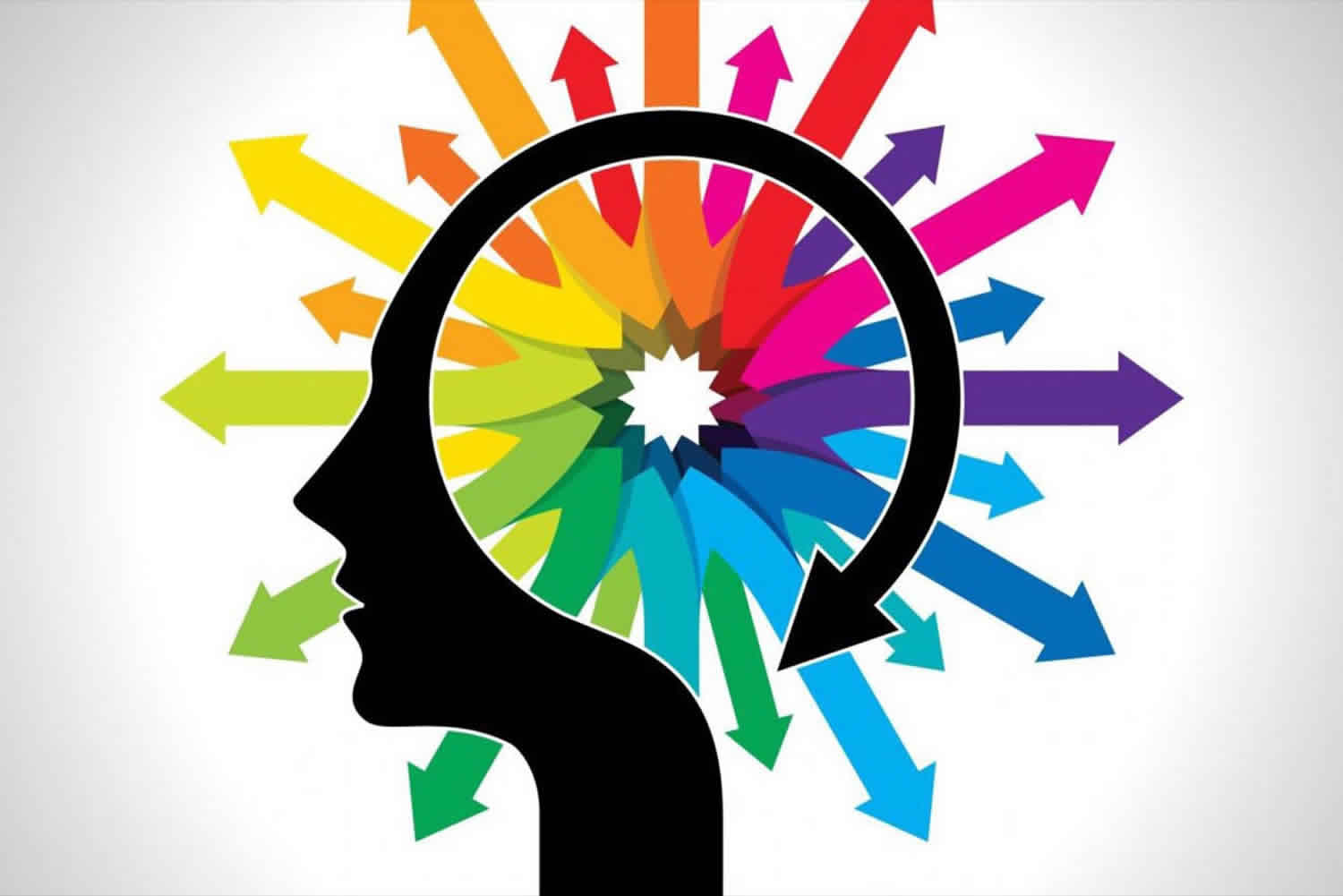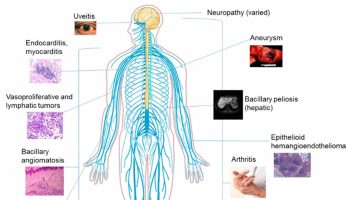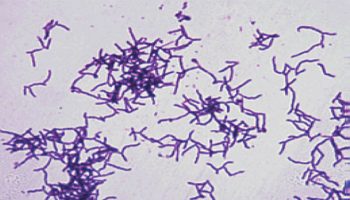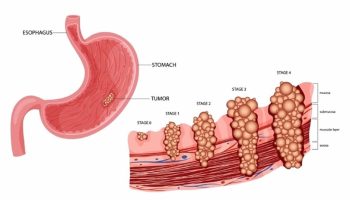Anosognosia
Anosognosia also called “lack of insight,” is a neuropsychological condition where the patient is unaware of his or her neurological deficit or psychiatric condition. Prigatano 1 described anosognosia as “a multifaceted syndrome where patients show complete or partial lack of awareness of specific neurological or cognitive deficits”. Anosognosia is a symptom of severe mental illness experienced by someone that impairs his/her ability to understand and perceive his or her illness. Anosognosia means that someone is unaware of his/her own mental health condition or that they can’t perceive their condition accurately. Anosognosia is a common symptom of certain mental illnesses, perhaps the most difficult to understand for those who have never experienced it. Anosognosia is the single largest reason why people with schizophrenia or bipolar disorder refuse medications or do not seek treatment. Without awareness of the illness, refusing treatment appears rational, no matter how clear the need for treatment might be to others.
The French neurologist, Joseph Babinski, first described anosognosia in 1914 2. Anosognosia is associated with mental illness, dementia, and structural brain lesion, as in right hemisphere stroke patients. Anosognosia can affect the patient’s conscious awareness of deficits involving judgment, emotions, memory, executive function, language skills, and motor ability 3.
Anosognosia can occur after acute brain injuries such as stroke or traumatic brain injury but also can occur in other conditions that damage the brain. In stroke patients with hemiparesis, the incidence of anosognosia is 10% to 18% 4. The term anosognosia can also refer to the lack of awareness seen in psychiatric conditions when patients deny or minimize psychiatric symptoms. It is estimated that 50% of patients with schizophrenia and 40% of patients with bipolar disorder have anosognosia, or the so-called poor or lack of insight into their disease. In the setting of dementia, 60% of patients with mild cognitive impairment 5 and 81% of patients with Alzheimer disease appear to have some form of anosognosia: patients suffering from these conditions deny or minimize their memory impairment 6.
The management of anosognosia is very difficult. Because there are many causes, the management is with an interprofessional team that includes a neurologist, psychiatrist, mental health nurse, primary care physician, and a psychotherapist. There is no specific treatment for anosognosia, but vestibular stimulation seems to improve this condition temporarily. This maneuver probably influences awareness of the neglected side temporarily. Where anosognosia persists, cognitive therapy can help patients better understand and compensate for their deficit. If the cause is a stroke, dementia or a mass lesion, the prognosis in most cases is poor. If the cause is related to a mental health disorder, the condition leads to difficulty in medication compliance. The overall quality of life is poor 7.
Anosognosia causes
The exact cause of anosognosia is unknown but is likely due to a derangement of the anatomical or functional monitoring unit that mediates the conscious awareness of deficits. Typically, anosognosia appears when there is a lesion in the right parietal lobe but can occur with temporoparietal, thalamic, or basal ganglia lesions 3. The most likely physiopathologic mechanism is that the brain lesion that causes anosognosia disrupts neurocognitive, secondary integration areas 8. Damage to these areas can lead to a lack of conscious awareness of the cognitive or sensorimotor function loss.
Patients with anosognosia due to brain injury often exhibit a lack of awareness of hemiparesis, hemisensory deficits, neglect, memory deficits, and language deficits. Patients may be unaware of one deficit while recognizing others. Anosognosia can co-occur with somatosensory neglect (asomatognosia), which also localizes to the right parietal lobe. The latter consists of the patient’s denial that part of their body belongs to them.
Although anosognosia usually accompanies a right parietal, temporoparietal, thalamic, or basal ganglia lesion, recent studies suggest that the deficit sometimes can relate to non-structural changes. These changes cause problems with the connectivity of different parts of the brain 9.
The fundamental neurophysiologic or psychopathologic problem in anosognosia relates probably to an inability of the patient to update their self-image. Because of a lesion in the brain or dysfunction due to illness, the patient cannot incorporate new information regarding their deficits into their self-image. Therefore, they deny their illness or deficit or downplay its significance.
Anosognosia symptoms
Typically, the health professionals diagnose anosognosia at the bedside by assessing the patient’s knowledge of their deficits. In subtle cases, it takes time and a long conversation with the patient to note anosognosia when patients make excuses for not performing activities on the affected side or do not acknowledge the paralysis or other deficits. In the setting of dementia, patients do not acknowledge or minimize their memory deficits. In the setting of mental illness, patients rationalize aberrant behavior or psychiatric symptoms and often confabulate. This involves the creation of a false answer or response by combining real and imagined details.
Anosognosia complications
Anosognosia can impair rehabilitation and recovery because patients that lack awareness of a deficit may show less inclination to take part in rehabilitation therapy to tackle the neurological dysfunction. Patients with anosognosia also may suffer more frequent falls due to their lack of awareness of their deficits. Health providers may need to take safety precautions that they see fit in order to avoid injury.
Anosognosia diagnosis
When anosognosia is due to structural brain damage, neuroradiological findings typically show damage to the right parietal or right temporoparietal region. Less common are lesions in the thalamus, basal ganglia, or left parietal region. Neuroimaging in dementia typically shows more global brain atrophy. Neuroimaging in psychiatric disorders usually show non-specific findings.
There are publications on an anosognosia rating scale, which rates the level of unawareness of patients with dementia suffering from this condition:
- Patients easily admit memory loss.
- Patients admit, sometimes inconsistently, to a small amount of memory loss.
- Patients are not aware of any impairment in memory.
- Patients angrily insist that no memory problem exist.
Anosognosia treatment
Anosognosia treatment involves treating the underlying cause. Studies suggest that approximately one-third of individuals with schizophrenia improve in awareness of their illness when they take antipsychotic medication 10. Studies also suggest that a larger percentage of individuals with bipolar disorder improve on medication 10. However, there is no specific treatment for anosognosia, but vestibular stimulation seems to improve this condition temporarily 3. This maneuver probably influences awareness of the neglected side temporarily. Where anosognosia persists, cognitive therapy can help patients better understand and compensate for their deficit.
Anosognosia prognosis
When anosognosia is due to a focal structural lesion of the brain, it typically resolves over time, though it can persist over the long-term. When anosognosia is due to mental illness or dementing illness, it may persist and lead to poor compliance with medication regimens.
- Prigatano, G. (2010). The Study of Anosognosia. New York, NY: Oxford University Press.[↩]
- Prigatano GP. Anosognosia and patterns of impaired self-awareness observed in clinical practice. Cortex. 2014 Dec;61:81-92.[↩]
- Acharya AB, Sánchez-Manso JC. Anosognosia. [Updated 2019 Dec 15]. In: StatPearls [Internet]. Treasure Island (FL): StatPearls Publishing; 2020 Jan-. Available from: https://www.ncbi.nlm.nih.gov/books/NBK513361[↩][↩][↩]
- Baier B, Karnath HO. Incidence and diagnosis of anosognosia for hemiparesis revisited. J. Neurol. Neurosurg. Psychiatry. 2005 Mar;76(3):358-61.[↩]
- Vogel A, Stokholm J, Gade A, Andersen BB, Hejl AM, Waldemar G. Awareness of deficits in mild cognitive impairment and Alzheimer’s disease: do MCI patients have impaired insight? Dement Geriatr Cogn Disord. 2004;17(3):181-7.[↩]
- Turró-Garriga O, Garre-Olmo J, Calvó-Perxas L, Reñé-Ramírez R, Gascón-Bayarri J, Conde-Sala JL. Course and Determinants of Anosognosia in Alzheimer’s Disease: A 12-Month Follow-up. J. Alzheimers Dis. 2016;51(2):357-66.[↩]
- Abela E, Missimer JH, Pastore-Wapp M, Krammer W, Wiest R, Weder BJ. Early prediction of long-term tactile object recognition performance after sensorimotor stroke. Cortex. 2019 Jun;115:264-279.[↩]
- Ptak R, Lazeyras F. Functional connectivity and the failure to retrieve meaning from shape in visual object agnosia. Brain Cogn. 2019 Apr;131:94-101.[↩]
- Smith AJ, Campbell RW, Harrison PK, Harrison DW. Functional cerebral space theory: Towards an integration of theory and mechanisms of left hemineglect, anosognosia, and anosodiaphoria. NeuroRehabilitation. 2016;38(2):147-54.[↩]
- Impaired awareness of illness: Anosognosia. https://mentalillnesspolicy.org/medical/anosognosia-studies.html[↩][↩]





